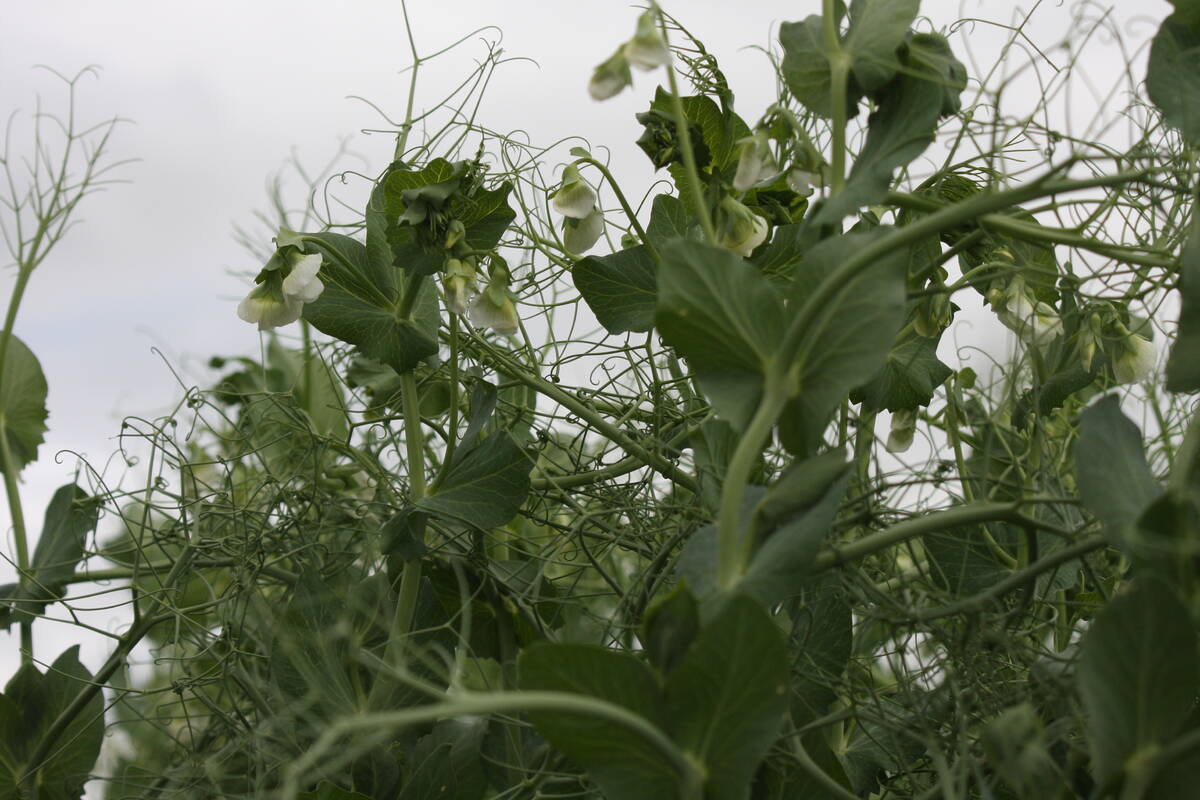The bottom has again fallen out of the cow market as packers struggle to work through the implications of the R-CALF court ruling.
Canfax reported May 14 that plants that were previously approved for processing cattle younger and older than 30 months on segregated lines now can’t.
Under the U.S. Department of Agriculture’s new agreement with R-CALF, only plants that limit their kill to animals younger than 30 months can export to the United States.
That means big plants handling cows on a segregated basis can no longer do it.
Read Also

High pea yields shock farmers
There is going to be a massive pea carryout at the end of this crop year.
Cow slaughter, which has been a big problem since BSE was discovered in Canada last May, had been rising.
In February slightly more than 9,000 head per week were slaughtered, similar to the year before. In March and April the total was about 8,000 a week but in the first week of May, when R-CALF got its ruling, it dropped to 6,500.
D1, 2 cow prices are now about 40 percent lower than they were in mid-March and a third of the price last year at this time.
Some have downplayed the R-CALF court victory, but Steve Kay of the influential market newsletter Cattle Buyers Weekly said the ruling shows that the courts frown on the procedures that were used by the USDA to partially reopen the border to beef trade.
It appears that the Aug. 7, 2003, and the April 19 trade announcements should have been official notices in the U.S. Federal Register, with a comment period for each.
Kay believes that the USDA will have to be much more detailed and complete in its arguments and procedures if it wants its final ruling on Canadian cattle imports to stand up to legal challenges. That will require time, he said, delaying live trade for as much as another six months.
We hope that Kay is wrong, but usually he is right.
Better news
While the cattle news is depressing, it is good to see the hog market improving.
Strong domestic and export demand is driving the rally, but market-ready hog supply is also tight.The big question will be consumer reaction when today’s high hog prices work their way to the meat counter.
But the U.S. economy is hot, raising hope that consumers will spend more to feed their meat habit.














